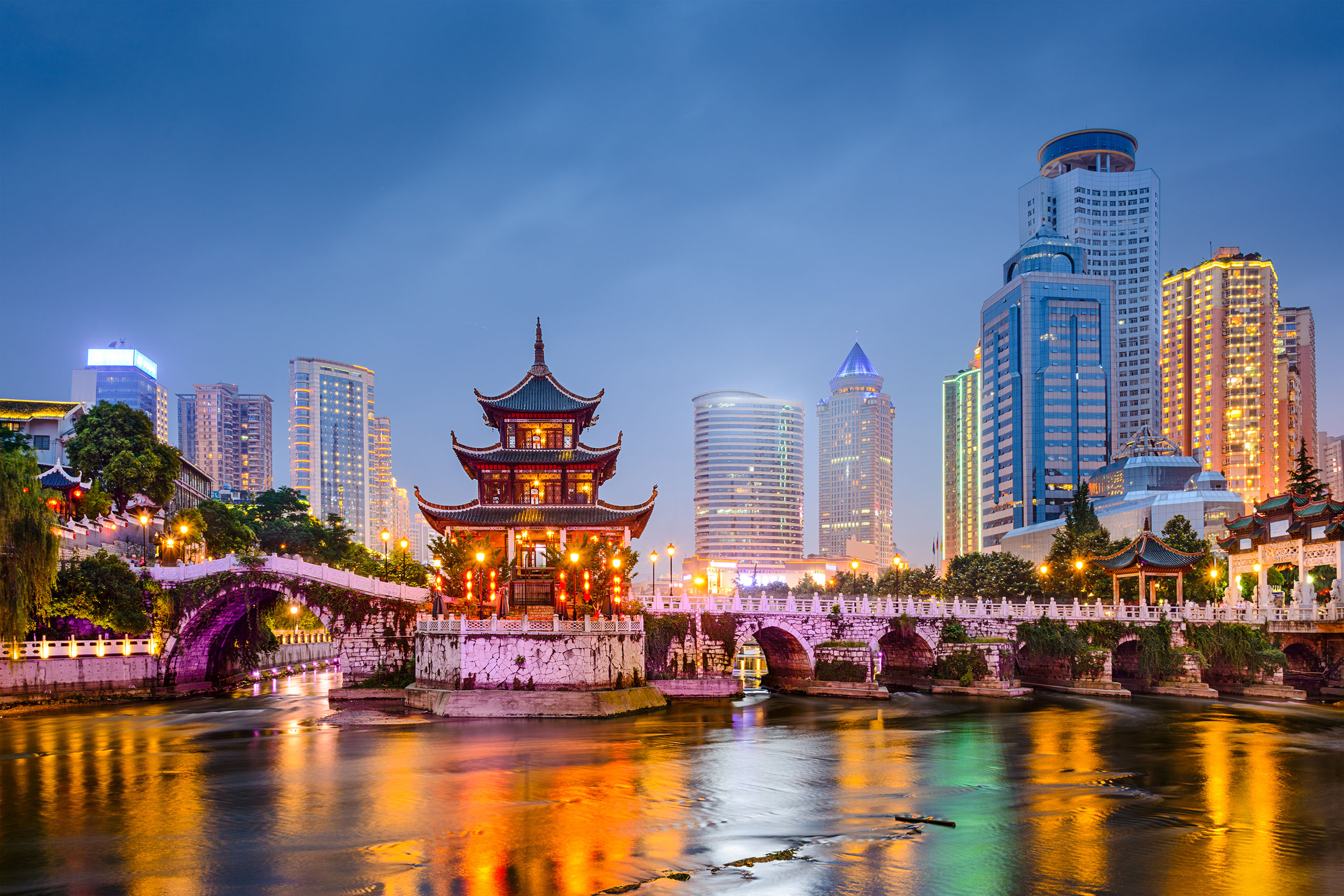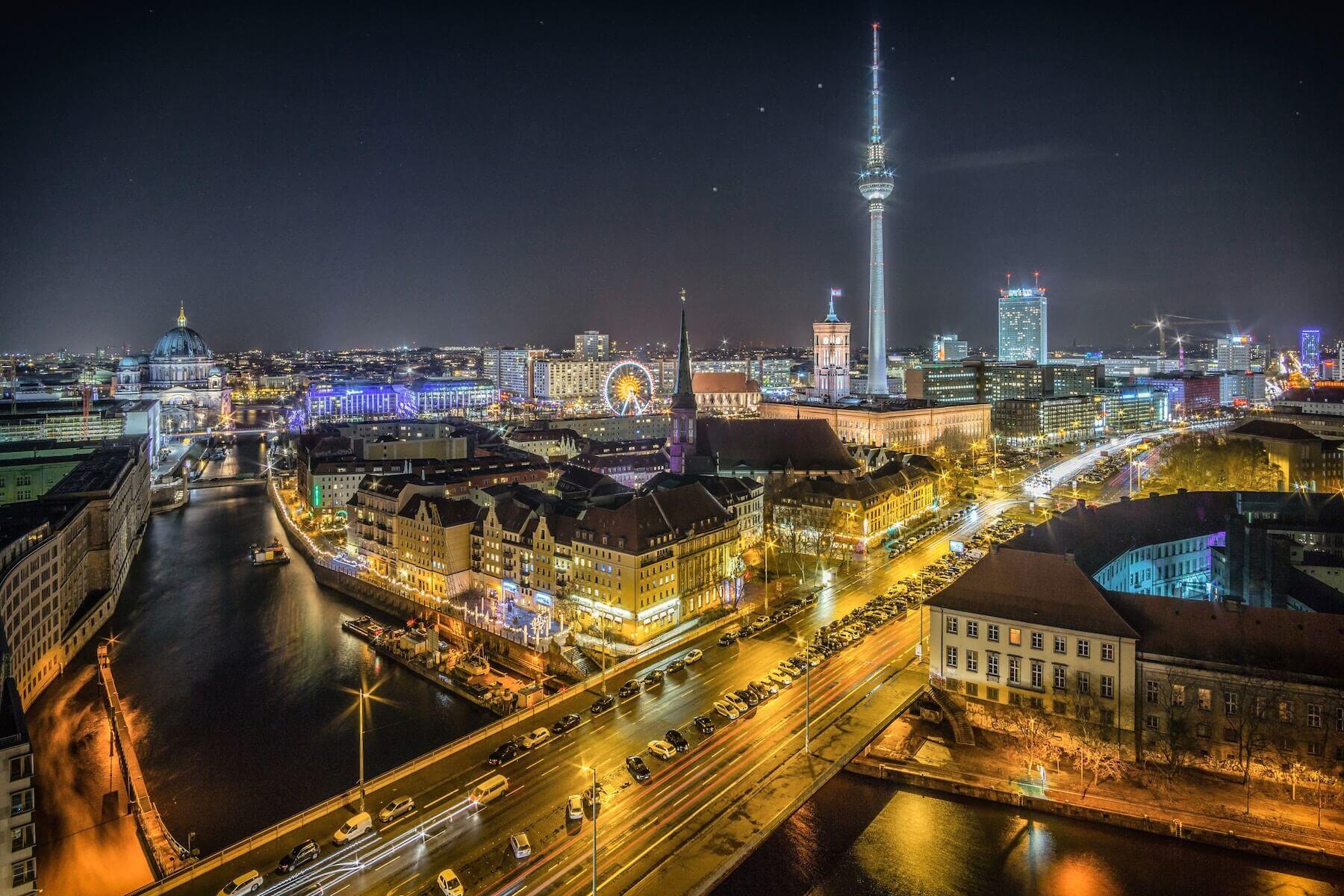The global economic landscape is shaped by a diverse range of economies, each contributing uniquely to the world’s overall financial structure. The characterization of the top economies is typically based on Gross Domestic Product (GDP), which is a crucial indicator of economic health. GDP represents the total market value of all goods and services produced over a specific period, providing a broad view of a nation’s economic performance. As of 2024, the world’s leading economies showcase a mix of established industrial powerhouses and emerging market countries, reflecting a complex interplay of technological innovation, population dynamics, and political stability.
Understanding the top economies requires more than just a glimpse at their GDP figures. It involves delving into the factors that drive their economic growth, such as technology, infrastructure, labor market efficiency, regulatory environment, and macroeconomic stability. Each of these factors contributes to the robustness of an economy and its capacity to influence global economic trends. In this analysis, we will explore these dynamics in detail, providing insights into how each country leverages its unique assets to maintain its economic stature.
Here are the Top 10 Economies in the World
1. United States: Innovation and Technological Prowess
Economic Overview
The United States has consistently held the position as the world’s largest economy, with a GDP significantly higher than that of any other country. This economic dominance is rooted in an unparalleled technological infrastructure, a strong entrepreneurial culture, and a leading financial system that provides the capital necessary for growth and innovation. The U.S. economy is marked by its diversity, with significant contributions from technology, healthcare, finance, and consumer goods industries.

Key Drivers of Economic Growth
- Technology Sector: The U.S. is a global leader in technological innovation, home to Silicon Valley and numerous other technology hubs across the country. Companies like Apple, Google, and Microsoft drive not only the U.S. economy but also set trends globally.
- Entrepreneurial Environment: The U.S. boasts a highly conducive environment for startups and new ventures, supported by a robust venture capital system and a regulatory framework that encourages business creation and growth.
- Consumer Market: The large and affluent consumer market in the U.S. is a key driver of internal demand for goods and services, making it an attractive destination for international businesses.
Challenges and Opportunities
While the U.S. economy is strong, it faces challenges such as income inequality, healthcare costs, and aging infrastructure. However, its capacity for innovation and a strong educational system provide pathways for addressing these issues and potentially leading new economic paradigms, such as green technology and renewable energy sectors.
Diverse Economic Sectors
The diversity of the U.S. economy is one of its strongest attributes, allowing it to withstand various global economic pressures. Here’s a closer look at some key sectors:
- Financial Services: Wall Street symbolizes the robust financial sector of the U.S., which is a global hub for banking, investment, and insurance. Financial institutions like JPMorgan Chase and Goldman Sachs are crucial in mobilizing global capital.
- Healthcare and Biotechnology: This sector has seen exponential growth due to technological advancements and substantial investment in research and development. Companies such as Pfizer and Johnson & Johnson not only lead in revenue but also in innovations that affect global health.
- Manufacturing and Automotive: Despite globalization’s shift of some manufacturing bases, the U.S. retains a significant production footprint in high-tech, automotive, and industrial equipment sectors.
2. China: A Rapid Ascent to Economic Power
Economic Overview
China’s economy has witnessed unprecedented growth over the past few decades, positioning it as the world’s second-largest economy by GDP. This growth trajectory is fueled by a combination of extensive manufacturing capabilities, significant exports, and increasing domestic consumption.

Key Drivers of Economic Growth
- Manufacturing and Export: China is often termed the “world’s factory,” reflecting its extensive manufacturing infrastructure which is pivotal for the production of a wide array of goods from electronics to textiles.
- Infrastructure Development: Massive investments in infrastructure have not only modernized urban centers but also improved connectivity across the country, fostering further economic growth.
- Rising Middle Class: The emergence of a wealthy middle class has led to an upsurge in domestic consumption, shifting China’s economic reliance inward.
Challenges and Opportunities
Despite its rapid growth, China faces challenges including environmental concerns, demographic shifts, and the need for economic rebalancing towards services and consumption. Nonetheless, initiatives like the “Belt and Road Initiative” showcase China’s vision for a more interconnected and influential economic future.
Sectorial Expansion and Innovation
China’s economic landscape is characterized by its massive manufacturing and industrial base, but recent years have seen substantial growth in technology, renewable energy, and services. The country is home to tech giants like Huawei and Tencent, which are pivotal in its transition to a digital economy. Furthermore, China is aggressively pursuing advancements in artificial intelligence, electric vehicles, and renewable energy technologies, aiming to lead in these fields globally.
Strategic Economic Initiatives
The Belt and Road Initiative (BRI) exemplifies China’s approach to expanding its global influence through infrastructure investment across Asia, Africa, and Europe, fostering economic ties and opening new markets for Chinese enterprises. Domestically, the government is pushing for urbanization and development of the western regions to balance the economic disparities between coastal and inland areas.
Challenges and Prospects
China faces significant challenges such as demographic shifts due to an aging population, environmental degradation, and the need for political and economic reforms to manage internal and external pressures. However, its continuous policy adaptations aimed at fostering sustainable growth, innovation, and international cooperation position it well to meet these challenges.
3. Japan: Economic Resilience and Technological Innovation
Economic Overview
Japan’s economy stands as the third-largest in the world, notable for its advanced technology and precision manufacturing. After facing stagnation in the 1990s, Japan’s economy has shown resilience, bolstered by strong policy measures and innovation.

Key Drivers of Economic Growth
- Technology and Innovation: Home to companies like Sony and Toyota, Japan’s strength in technology and engineering drives much of its economic output.
- Strong Industrial Base: Despite limited natural resources, Japan excels in industries like robotics and automotive, where precision and quality are paramount.
- Government Policy: Recent economic policies, known as “Abenomics,” have aimed to revitalize the economy through monetary easing, fiscal stimulus, and structural reforms.
Challenges and Opportunities
Japan faces demographic challenges with an aging population, which could impact its labor market and economic vitality. However, its focus on robotics and technology in healthcare could turn these challenges into opportunities for growth.
Innovation and Technological Advancement
Japan’s economic strength lies in its capacity for innovation, particularly in robotics, semiconductor manufacturing, and biotechnology. Japanese companies are at the forefront of developing robotic technologies, which are critical not only for the economy but also to address labor shortages caused by an aging population. Japan is also a leader in automotive technology, particularly in the development of hybrid and hydrogen fuel cell vehicles.
Economic Policies and International Role
“Abenomics” has been a defining policy approach in Japan, consisting of monetary easing, fiscal stimulus, and structural reforms to revitalize the Japanese economy and end decades-long deflation. On the international front, Japan plays a significant role in global economic forums such as the G7 and is pivotal in shaping policy discussions on trade, security, and environmental issues.
Adapting to Challenges
With one of the world’s most rapidly aging societies, Japan faces significant demographic challenges. Its response includes policies to increase female workforce participation, extend the retirement age, and integrate advanced robotics and AI to supplement the labor force, ensuring continued economic productivity.
4. Germany: Engine of Europe
Economic Overview
Germany is Europe’s largest economy and the fourth-largest worldwide by GDP, driven by high-quality manufacturing, a strong industrial base, and significant exports, particularly in automobiles and machinery.

Key Drivers of Economic Growth
- Industrial Manufacturing: Germany is renowned for its automotive industry and mechanical engineering sectors, with giants like Volkswagen and Siemens.
- Export Orientation: A robust export sector makes Germany a pivotal player in the global economy, supported by a strong reputation for quality.
- Skilled Labor Force: High educational standards and strong apprenticeship programs ensure a skilled workforce, critical for maintaining its economic strength.
Challenges and Opportunities
Economic challenges for Germany include managing its energy transition away from fossil fuels and dealing with demographic shifts. Its leadership in green technology and engineering, however, provides significant opportunities for future growth.
Robust Industrial Base and Export Prowess
Germany’s economy is renowned for its engineering, automotive, and machine manufacturing sectors, with global leaders like BMW, Siemens, and Bosch setting standards in quality and efficiency. Its “Mittelstand” companies, often family-owned enterprises in specialized engineering, play a crucial role in Germany’s export-oriented economic model.
Energy Transition and Economic Strategy
Germany is undergoing an ambitious “Energiewende” or energy transition, aiming to shift from nuclear and fossil fuels to renewable energy. This transition is not only a domestic policy but also a part of Germany’s global commitment to climate change mitigation. Economically, it is stimulating domestic technology sectors and green energy solutions, providing Germany with a leadership position in this vital global market.
Addressing Economic and Social Challenges
The main challenges for Germany include integrating a large influx of immigrants, managing the costs of energy transition, and addressing skilled labor shortages. Its focus on high-quality vocational training and strong policies on innovation and technology adoption are vital in overcoming these challenges.
5. India: A Demographic Dividend in Action
Economic Overview
Currently ranked as the fifth-largest economy, India benefits from a young population, rapid urbanization, and reform-oriented government policies, which stimulate domestic demand and entrepreneurial activity.

Key Drivers of Economic Growth
- Demographics: A young population and an expanding middle class are pivotal in driving consumption and therefore GDP growth.
- Service Sector: India’s IT and business process outsourcing industries are world leaders, significantly contributing to its GDP.
- Government Reforms: Recent reforms aimed at improving the business environment and boosting foreign investment have begun to pay dividends.
Challenges and Opportunities
Challenges such as infrastructure deficits, regulatory complexities, and educational gaps persist, but ongoing reforms and a strategic focus on sectors like digital innovation and manufacturing under the “Make in India” initiative could foster substantial economic progress.
Leveraging Demographics and Technology for Growth
Rapid Economic Transformation and Sectorial Diversification
India’s economy is marked by its fast-growing service sector, including IT and software services, which are major export earners. Besides, its manufacturing sector is being revitalized through initiatives like “Make in India,” aimed at making the country a hub for global manufacturing. India is also pushing for significant advancements in space technology, biotechnology, and pharmaceuticals.
Strategic Development Initiatives
The Indian government is implementing major reforms aimed at improving infrastructure, digital services, and ease of doing business. Initiatives like “Digital India” and “Smart Cities” are aimed at harnessing technology to promote development, improve public services, and reduce corruption.
Navigating Challenges for Inclusive Growth
Challenges for India include managing its vast population, reducing poverty, and addressing environmental issues. However, its young workforce and ongoing reforms in economic governance provide a strong foundation for future growth, making it a key player in the global economy.
6. United Kingdom: Financial Hub and Diverse Economy
Economic Overview
The United Kingdom, comprising England, Scotland, Wales, and Northern Ireland, ranks as one of the top economies globally, underpinned by a strong financial sector and a diverse industrial base. London, its capital, serves as one of the world’s largest financial centers.

Key Drivers of Economic Growth
- Financial Services: London’s role as a global financial hub is crucial, hosting major institutions and a vast array of financial activities including banking, insurance, and asset management.
- Innovation and Technology: The UK has a robust tech sector, particularly in fintech and biotech, driven by a strong network of universities and research institutions.
- Creative Industries: The UK is also known for its vibrant creative industries, including publishing, entertainment, and fashion, contributing significantly to its GDP.
Challenges and Opportunities
Post-Brexit, the UK faces challenges in defining its economic relationships with the EU and other global partners. However, this also presents opportunities to forge new trade agreements and strengthen its global economic standing.
In-depth Economic Sectors
Beyond its global financial services, the UK boasts significant contributions from sectors such as pharmaceuticals, aerospace, and a rapidly growing tech industry. The country excels in research and development, driven by its world-class universities and institutions. The creative sector, encompassing media, arts, and fashion, not only contributes to the GDP but also plays a pivotal role in the cultural export that defines Britain’s soft power.
Future Prospects and Policy Directions
Post-Brexit, the UK is strategically positioning itself to capitalize on new trade relationships and reduce dependence on European markets. The government is investing in technology and infrastructure to foster a more dynamic economy. Initiatives to enhance digital connectivity and transport infrastructure are seen as vital to promoting regional growth and addressing economic disparities across the UK.
Economic Challenges
The primary challenges include navigating the post-Brexit landscape, addressing productivity issues, and managing demographic changes like an aging population. However, with targeted investments in education and health care, the UK is poised to enhance its workforce’s capability and thus drive future economic growth.
7. France: A Blend of Tradition and Modernity
Economic Overview
France, the seventh-largest economy in the world, is noted for its balanced economic approach combining a substantial industrial base with a vibrant services sector. Key industries include aerospace, automotive, and luxury goods.

Key Drivers of Economic Growth
- Diverse Industries: France excels in various sectors such as agriculture, manufacturing, and services. It is particularly renowned for its luxury brands like Chanel and Louis Vuitton.
- Energy Sector: France is a leader in nuclear energy, which provides a substantial portion of its electricity, contributing to energy independence and manufacturing competitiveness.
- Tourism: With world-famous landmarks and a rich cultural heritage, France remains one of the most visited countries in the world, significantly boosting its economy.
Challenges and Opportunities
Economic reforms are crucial for France to address high unemployment rates and labor market rigidities. The country’s focus on green and digital economies offers avenues for future growth and sustainability.
Sectorial Analysis
France’s economy is distinguished by its engineering tradition, strong agricultural base, and excellence in luxury and design. French companies are leaders in various sectors such as nuclear energy, cosmetics, and water services. The TGV (high-speed train) and Airbus are examples of engineering success that also highlight France’s focus on sustainable transportation.
Strategic Economic Initiatives
France is making significant strides in environmental technology and renewable energy, aiming to reduce its carbon footprint while maintaining industrial competitiveness. The government’s proactive approach to fostering innovation hubs and green technology parks is setting a precedent for economic development aligned with environmental goals.
Challenges and Strategic Moves
Economic liberalization remains a contentious issue, with reforms often met with public resistance. Nonetheless, these reforms are crucial for reducing the unemployment rate and improving labor market flexibility. France’s ability to integrate immigrant populations and leverage their potential in the labor market will also be vital for sustained economic performance.
8. Brazil: Emerging Power with Rich Natural Resources
Economic Overview
Brazil is the largest economy in Latin America and features among the top ten globally. It is rich in natural resources and has a large agricultural sector, which is complemented by robust mining and energy industries.

Key Drivers of Economic Growth
- Agriculture: Brazil is a leading exporter of soybeans, coffee, and beef, playing a critical role in global food markets.
- Natural Resources: The country is endowed with vast natural resources, including iron ore and oil, driving its mining and energy sectors.
- Industrial Sector: Brazil’s industrial sector is diverse, covering automotive, steel, and petrochemical industries.
Challenges and Opportunities
Economic volatility and political instability have posed challenges for Brazil. However, its large domestic market and resource base provide significant growth potential, particularly if it can enhance infrastructure and governance.
Enhanced Sector Focus
Brazil’s economy is not only about resources but also features robust sectors like aerospace (Embraer), agriculture, and IT. Brazil has the potential to be a leader in biotechnology and renewable energy, given its biodiversity and renewable resources like ethanol.
Economic Development and Social Policies
Brazil faces significant challenges in terms of income inequality and education quality. Initiatives aimed at social inclusion and educational improvements are critical for harnessing its demographic dividend. Moreover, Brazil’s steps towards better fiscal management and infrastructure development are crucial to addressing its historical issues with inflation and economic volatility.
Opportunities for Growth
With its vast natural resources and a large domestic market, Brazil has the opportunity to lead in areas such as agricultural technology and renewable energies. Enhancing trade agreements and regional cooperation in Latin America can also serve as catalysts for economic growth.
9. Italy: A Historical Economic Landscape with Modern Complexities
Economic Overview
Italy, known for its historical influence and cultural exports, has a complex economy that ranks among the top ten globally. It is particularly noted for its high-quality manufacturing and export of luxury goods, including fashion, automotive, and machinery.

Key Drivers of Economic Growth
- Manufacturing Excellence: Italy’s strength lies in its high-quality manufacturing of textiles, machinery, and luxury goods, notably in small and medium-sized enterprises.
- Tourism: Italy’s rich historical and cultural heritage makes it a top destination for international tourists, significantly impacting its economy.
- Agricultural Products: Renowned for its cuisine, Italy is also a significant producer of wine and olive oil, which are key exports.
Challenges and Opportunities
Economic challenges include high public debt and regional disparities in economic development. Revitalizing the economy through innovation and technology, particularly in traditional sectors, could provide new growth opportunities.
Detailed Sector Analysis
Italy’s industrial fabric is characterized by a combination of large multinational corporations and a myriad of small and medium enterprises (SMEs) that are highly specialized in areas such as robotics, machinery, and luxury fashion. These SMEs are integral to the ‘Made in Italy’ quality reputation, particularly in the global fashion and luxury goods market.
Economic Reforms and Innovation
Italy is focusing on structural reforms to boost productivity and competitiveness, such as simplifying the business environment, reducing bureaucratic overhead, and fostering innovation through increased R&D investments. Additionally, the government is emphasizing the digital transformation of traditional industries to maintain its global leadership.
Challenges and Prospects
Italy’s challenges include addressing public debt, revitalizing southern regions, and combating youth unemployment. However, its cultural and industrial heritage, combined with new initiatives in digital and green technologies, positions Italy to redefine its economic trajectory.
10. Canada: A Focus on Resources and High Quality of Life
Economic Overview
Canada, rounding out the top ten global economies, leverages its vast natural resources and a highly developed service sector to maintain its economic standing. It is also known for its high standard of living and well-developed social infrastructure.

Key Drivers of Economic Growth
- Natural Resources: Canada is a major player in the global market for natural resources, exporting crude oil, natural gas, and minerals.
- Services Sector: The services sector, especially banking, insurance, and real estate, plays a significant role in the economy.
- Technology and Innovation: Canada’s emphasis on education and innovation fosters growth in technology sectors, including digital media and biotechnology.
Challenges and Opportunities
While resource dependency poses economic fluctuations related to commodity prices, Canada’s focus on diversifying its economy and expanding trade agreements offers the potential for sustained growth.
Sectorial Expansion
Canada’s technology sector, particularly in AI and digital media, is becoming as influential as its natural resources sector. Cities like Toronto, Vancouver, and Montreal are emerging as tech hubs, attracting investments and talent globally.
Strategic Economic Development
Canada’s economic strategy includes diversifying its trade partners beyond the U.S. and increasing investments in clean energy and technology sectors. This approach aims to reduce reliance on resource-based industries and foster sustainable growth.
Economic Challenges and Solutions
Challenges such as dependency on the U.S. market and climate impact on resource extraction are significant. Yet, Canada’s proactive immigration policies and investments in education and health infrastructure provide a robust foundation for future economic resilience and growth.









